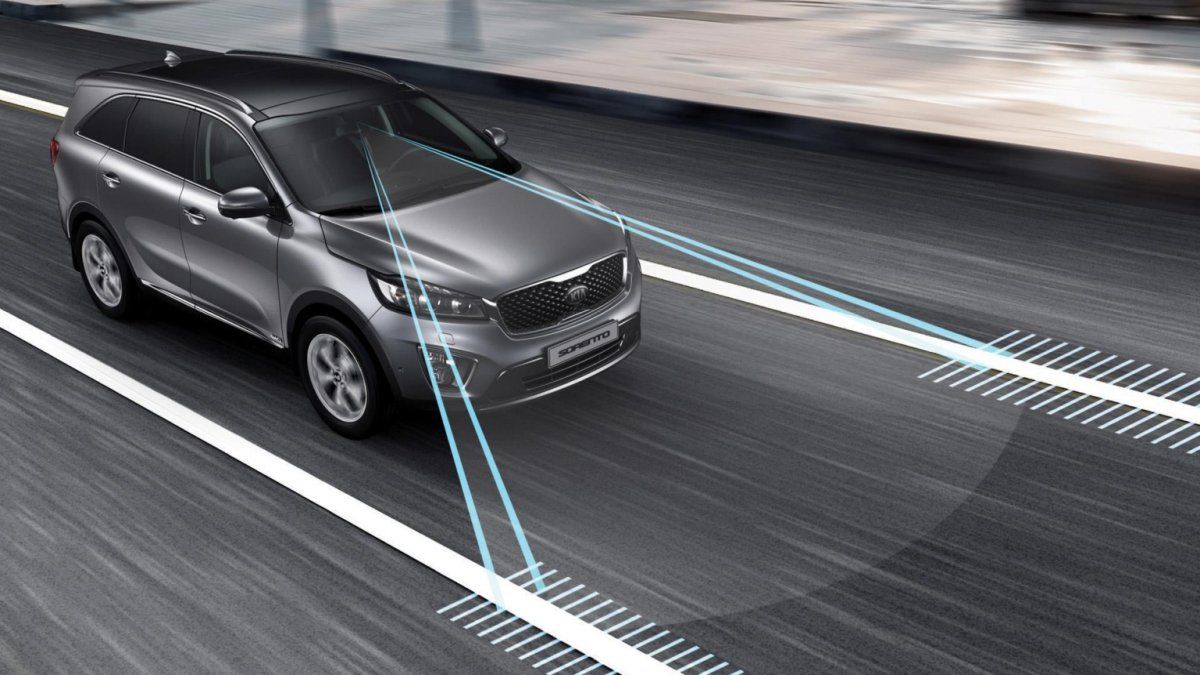A recent report prepared by the American Automotive Association (AAA) of the United States, provided decisive details confirming that equipping cars with advanced active safety devices will avoid in the next three decades Millions of vehicle collisions and fatalities in road accidents.
“How many crashes, injuries and fatalities could be prevented in the next 30 years by technologies? ADAS ( Advanced Driver Assistance Systems, by its acronym in English)?”, posed the report of the North American Automobile Association and in light of the growing use of these devices in more and more vehicles of all segments and sizes.
The study, whose authorship was assumed by the AAA Traffic Safety Foundationsays that driving assistants (ADASfor the acronym in English of Advanced Driver Assistance Systems) will prevent 37 million vehicle collisions, 14 million injuries (including pedestrians and cyclists) and 249,000 deaths in road accidents over the next 30 years, only in the United States.
These figures represent, according to the AAA, a 16% reduction in the number of crashes and injuries, and 22% fewer fatalities compared to the previously made prediction on the number of accidents on US roads in the same period (2021-2050), which did not take into account the use of ADAS.
How to avoid 37,000,000 crashes and more than 200,000 deaths
To conduct this study, titled “Examining the Benefits of Partial Vehicle Automation Technologies in an Uncertain Future,” the researchers used traffic accident data from 2017 to 2019 as the basis for their model, plus an annual rate based on the increase in the number of vehicles entering traffic each year.
In turn, from the point of view of technology, they focused on the study of the results of two ADAS specific: adaptive cruise control (ACC) and autonomous emergency braking (AEB) systems, as both belong to the group of Level 2 autonomous driving devices, which can act alone on the vehicle’s steering, brakes and accelerator.
Of course, the researchers emphasize that these estimates may vary depending on the greater or lesser implementation of these ADAS in vehicles by manufacturers, but in the most pessimistic scenario it is estimated that these driving assistance systems could prevent more than 8.7 million injuries and save more than 150,000 lives.
pag19-accident_opt.jpeg
Traffic accidents are a constant on the country’s different routes.
Another key factor in achieving this reduction in road accidents lies in the degree of adaptation and use of the ADAS that drivers perform daily, many of whom are unaware of how they work and how they are useful when they purchase a new vehicle.
Aware of the latter, General Motors, which equips many of its models around the world with various driving assistants, launched the “Hands Free, Eyes On” program in the United States at the end of July 2023 to educate and increase consumer confidence in the use of ADAS.
“At General Motors, we have developed our advanced driver assistance features with a focus on diligence and safe operation. Our goal is to eliminate human driver error while creating more time and space for what really matters in life and improving mobility for those who are currently unable to drive due to age, disability or other factors. That is why we are focused on testing, validating and improving our hands-free driving technologies to provide our customers with safe features and systems,” said Mark Reuss, President of General Motors.
How do ADAS systems work?
In order to function, these assistants need the assistance of several types of sensors to perceive the context surrounding driving: cameras, radars, ultrasound emitters, LIDAR laser devices (which use a beam to accurately determine the distance to an object) and photoelectric devices, inter alia.
Also important are the vehicle’s dynamic sensors that measure speed, acceleration and other parameters.
Some ADAS intervene on these parameters, they are the most advanced in the level of autonomy, while others are audible or visual alerts of some situation in the driving environment.
What are the main ADAS?
The most commonly used are adaptive cruise control (ACC), lane departure warning (LDW), lane change assist (LDA), forward collision warning (FCW), autonomous emergency braking (AEB), blind spot warning (BSD), cross traffic alert (CTW), pedestrian and cyclist detection system (PCW), driver fatigue detection (DFD), automatic light switching (AHB), tire pressure monitoring (TPMS).
Source: Ambito
I’m a recent graduate of the University of Missouri with a degree in journalism. I started working as a news reporter for 24 Hours World about two years ago, and I’ve been writing articles ever since. My main focus is automotive news, but I’ve also written about politics, lifestyle, and entertainment.




